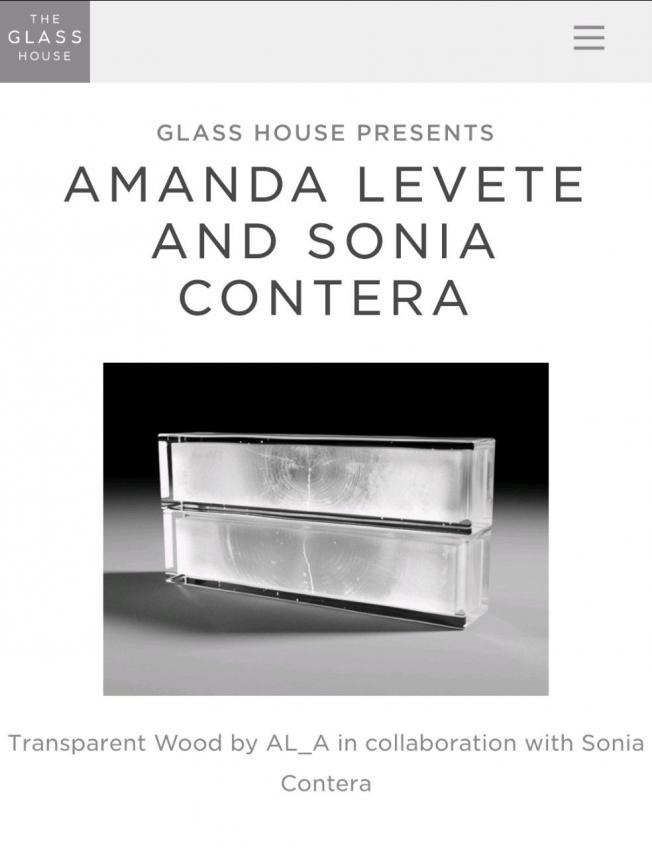Communication is central to the mission of science
Nature Reviews Materials Nature 6:2021 (2021) 377-378
Abstract:
The future of our species and planet hinges on our scientific creativity to tackle future challenges. However, the trust of the public in scientific processes needs to be earned and kept, which will require inclusive, self-reflecting, honest and inspiring science communication.ELECTRICAL ENZYMATIC ASSAY AT BIOMIMETIC SURFACES OF GRAPHENE FIELD-EFFECT TRANSISTOR ARRAY
MicroTAS 2021 - 25th International Conference on Miniaturized Systems for Chemistry and Life Sciences (2021) 1451-1452
Abstract:
Graphene field-effect transistor (G-FET) is a powerful assay platform for tiny amount of surface-bound biomolecules at biological surface/interface. Here, we reconstructed influenza-virus mediated reaction system at cell surface onto 82 G-FET array. Surface functionalization of biomolecules were confirmed morphologically and electrically by a combination of liquid-AFM and G-FET current measurement. Viral enzyme neuraminidase (NA) reaction to surface-immobilized sialoglycan was successfully monitored in real time with this unique method.Biotechnology, nanotechnology and medicine
Emerging Topics in Life Sciences Portland Press 4:6 (2020) 551-554
Mapping cellular nanoscale viscoelasticity and relaxation times relevant to growth of living Arabidopsis thaliana plants using multifrequency AFM
Acta Biomaterialia Elsevier 121 (2020) 371-382
Abstract:
The shapes of living organisms are formed and maintained by precise control in time and space of growth, which is achieved by dynamically fine-tuning the mechanical (viscous and elastic) properties of their hierarchically built structures from the nanometer up. Most organisms on Earth including plants grow by yield (under pressure) of cell walls (bio-polymeric matrices equivalent to extracellular matrix in animal tissues) whose underlying nanoscale viscoelastic properties remain unknown. Multifrequency atomic force microscopy (AFM) techniques exist that are able to map properties to a small subgroup of linear viscoelastic materials (those obeying the Kelvin-Voigt model), but are not applicable to growing materials, and hence are of limited interest to most biological situations. Here, we extend existing dynamic AFM methods to image linear viscoelastic behaviour in general, and relaxation times of cells of multicellular organisms in vivo with nanoscale resolution (~80 nm pixel size in this study), featuring a simple method to test the validity of the mechanical model used to interpret the data. We use this technique to image cells at the surface of living Arabidopsis thaliana hypocotyls to obtain topographical maps of storage E′ = 120–200 MPa and loss E″ = 46–111 MPa moduli as well as relaxation times τ = 2.2–2.7 µs of their cell walls. Our results demonstrate that (taken together with previous studies) cell walls, despite their complex molecular composition, display a striking continuity of simple, linear, viscoelastic behaviour across scales–following almost perfectly the standard linear solid model–with characteristic nanometer scale patterns of relaxation times, elasticity and viscosity, whose values correlate linearly with the speed of macroscopic growth. We show that the time-scales probed by dynamic AFM experiments (microseconds) are key to understand macroscopic scale dynamics (e.g. growth) as predicted by physics of polymer dynamics.Mapping cellular nanoscale viscoelasticity and relaxation times relevant to growth of living Arabidopsis thaliana plants using multifrequency AFM
Acta biomaterialia 121 (2020) 371-382



